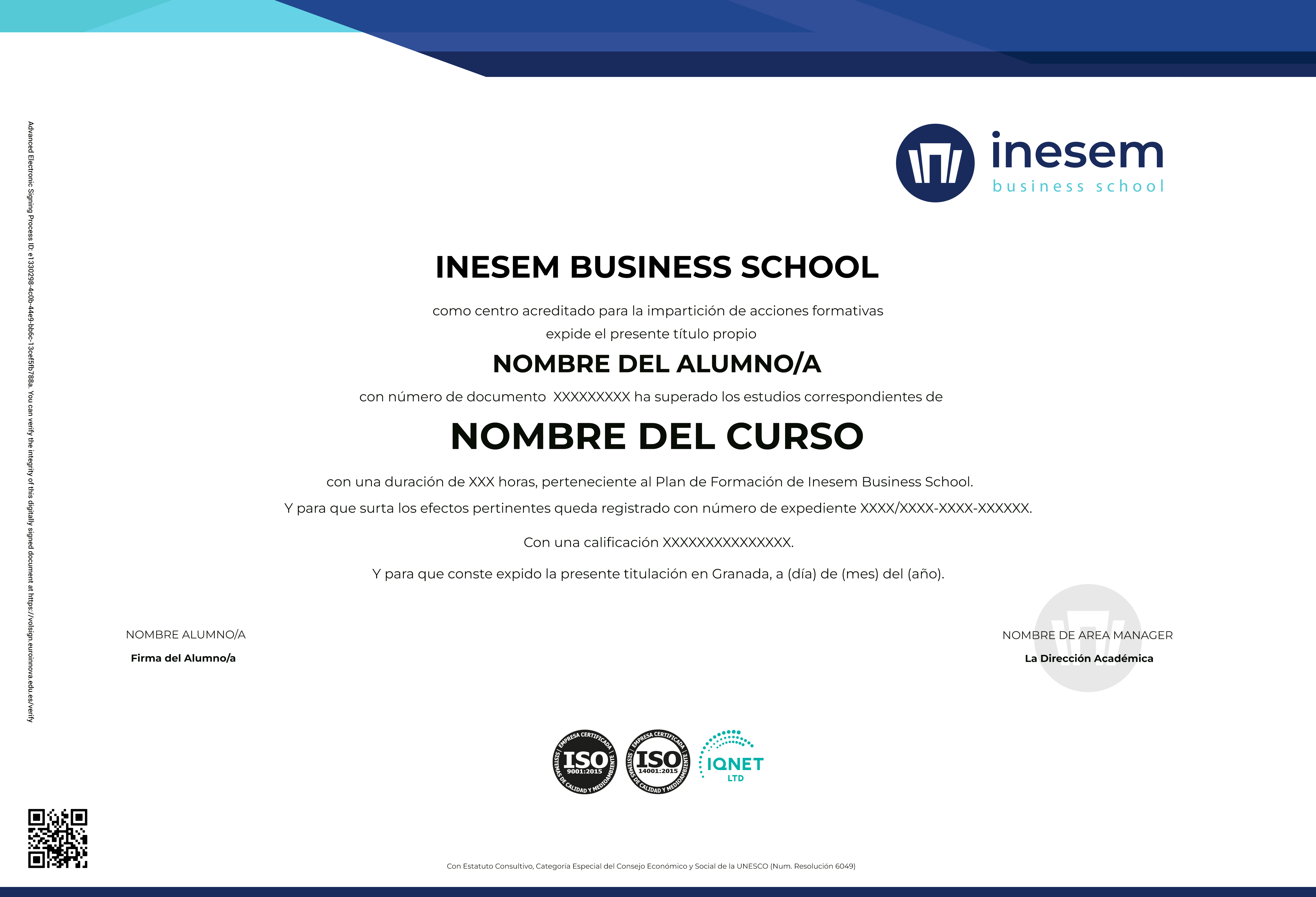Modalidad
Online
Duración - Créditos
200 horas
Becas y
Financiación
Plataforma Web
24 Horas
Centro Líder
formación online
Acompañamiento
Personalizado
Reconocidos por:

Acreditados como:
Temario
UNIT 1. CONFLICT ANALYSIS
UNIT 2. CONFLICT RESOLUTION
UNIT 3. MEDIATION
Plan de estudios








Titulación de course in labor conflict and mediation


Claustro docente
Descubre todas nuestras becas personalizadas


¡Muchas gracias!
Hemos recibido correctamente tus datos. En breve nos pondremos en contacto contigo.





